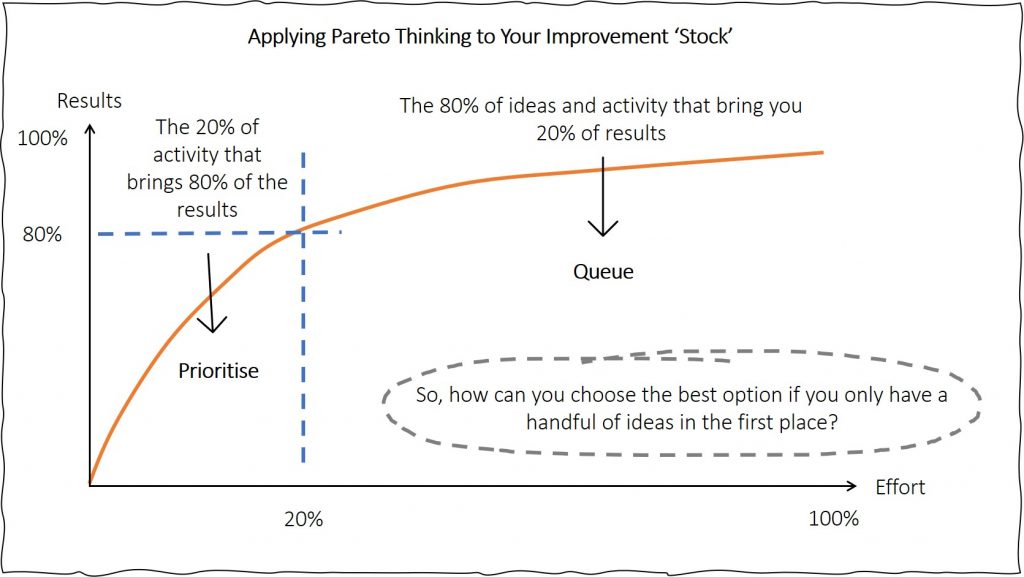Let me cut to the chase. Most businesses don’t create enough options for their improvement projects to give themselves the best chance of being successful.
Weeds don’t subscribe to a limited view of the world. Look around you. Weeds will pop up anywhere if they get a chance. Growing beautiful flowers and plants can take time but you don’t need to nurture weeds.
They’re prolific. Lots of seeds, go, go go!
Now, take our approach to Kaizen suggestions. Do we take the same approach as the weeds take? Sure, some do but many don’t.
There are two levels to this too.
Firstly, generate a huge quantity of improvement opportunities and choose the best ones to implement.
Secondly, generate a huge number of ways that you could implement the improvement so if one of the routes doesn’t work another one is there to take its place.

You can’t lose with a strategy like this. The weeds know.
It is far better to have to prioritise and limit the number of improvements you can work on than sub-optimally improve your business.
Generating lots of ideas stimulates more ideas too. Once you start doing this it can be difficult to stop. You’ll start to see more opportunities to tackle.
And, once you get some improvements delivering true results for your business that’s when the ‘addiction’ starts. But that is another story for another day!
If you find that your business improvement activities aren’t where you want them to be, due to a lack of progress or ideas, then try thinking like a weed!
0,Making It Happen